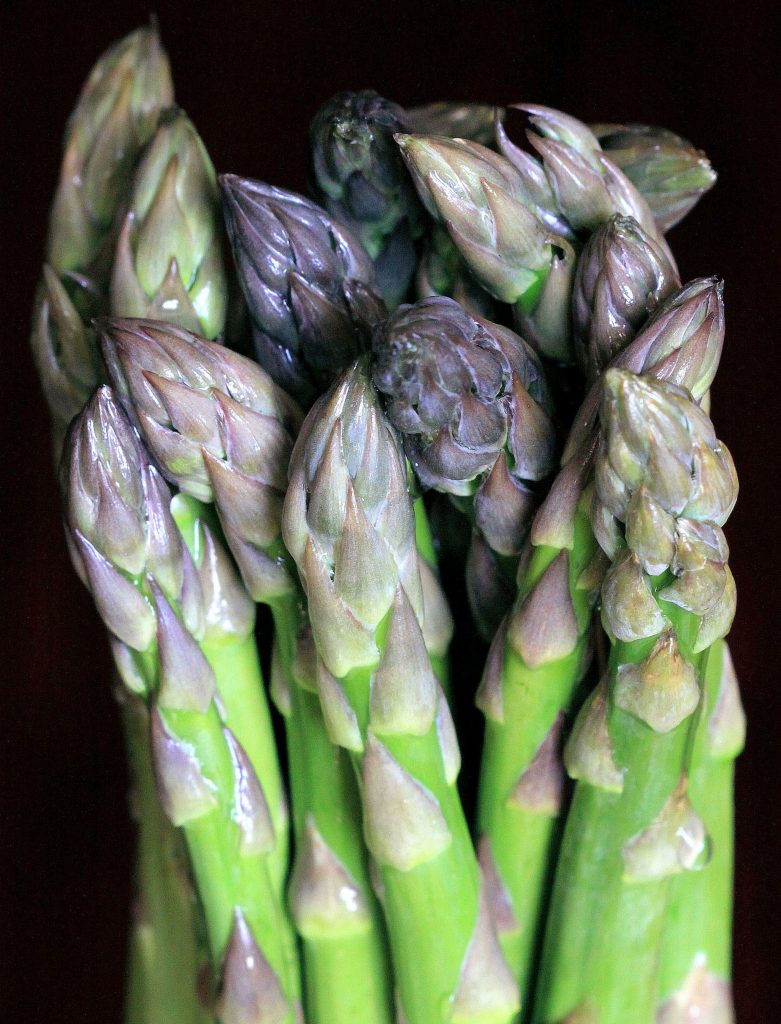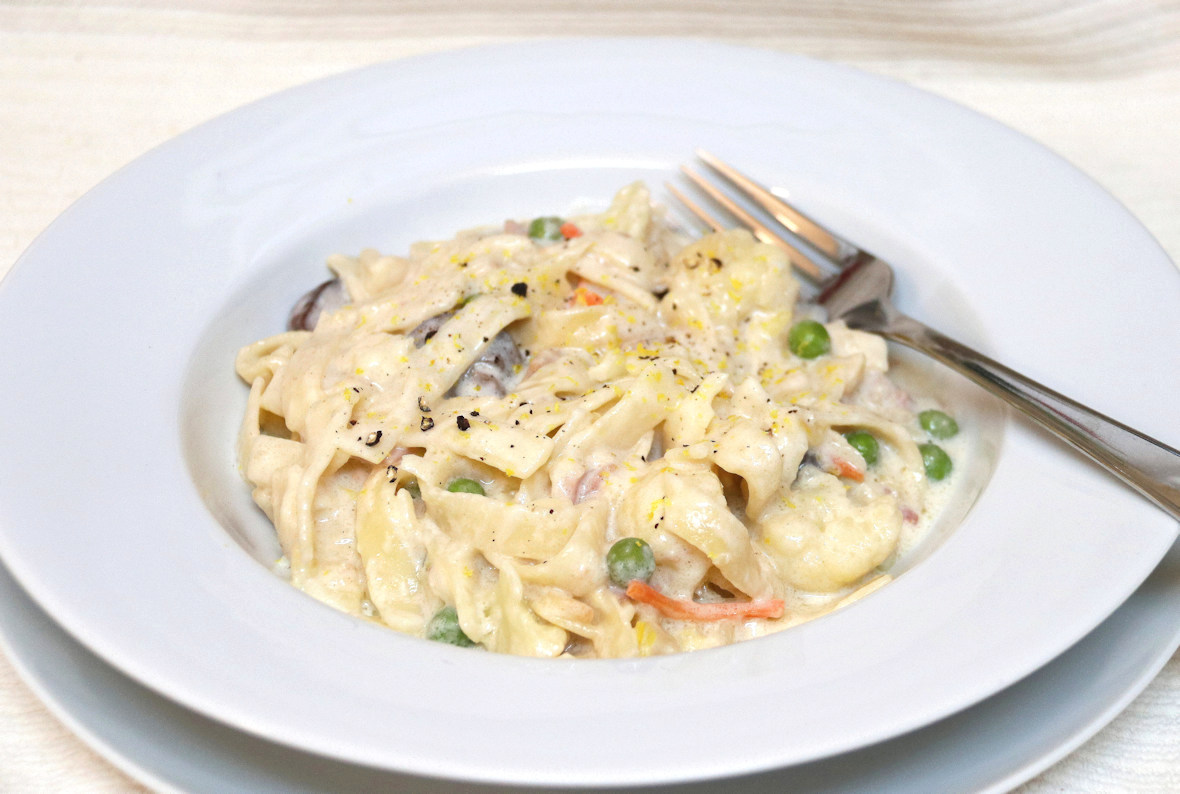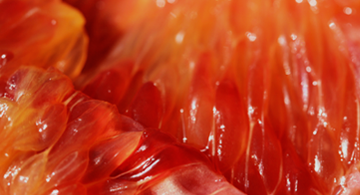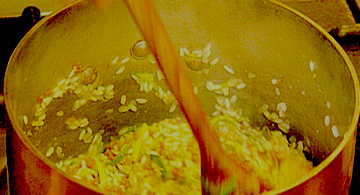
Native to most European countries, northern Africa, and western Asia, asparagus has an extensive history spanning millenium having been cultivated by the ancient Egyptians, Greeks, and Romans. Among the more than 300 species, this herbaceous perennial plant can grow up to 6 feet (1.8 meters) tall with stout stems and feathery foliage. If unharvested, asparagus produces lovely bell-shaped flowers that subsequently produce red berry fruit. Some species are best as delicate ornamental garden plants, some are used for medicinal uses while other species are commercially cultivated for the kitchen and table.
Wild green asparagus, especially Asparagus racemosus, grows prolifically throughout the maritime zones of Italy. As you drive, you’ll see the fronds along the highways and in the fields, swaying in the seas’ breezes. You’ll also see people harvesting these slim stalks for the family table, it doesn’t get any fresher! Saline soil conditions are ideal for asparagus as is sandy soil. (If you have land near the shore, and have always wanted to grow a garden requiring minimal upkeep, this might be the crop for you. Growing Asparagus officinalis, the cultivated species we eat, is low maintenance. Plus the plants spread easily and renew annually.)
In Italy, there is a delicious purple-tipped variety, Violetto d’Albenga, originally developed in the small Ligurian coastal town of Albenga, located halfway between Genoa and Nice. Serving simply with Ligurian extra-virgin olive oil, perhaps some fresh herbs, is ideal for warm weather.
White asparagus is produced by covering the shoots preventing sunlight from producing photosynthesis. Bassano del Grappa is famous for its white asparagus. The Italian government elevated it to protected food status, Asparago Bianco di Bassano DOP. In May, if you are traveling in the Veneto, northeast of Vicenza, make a stop in this city and enjoy their celebration of this culinary delicacy. Green asparagus of Altedo, a tiny town in the region of Emilia-Romagna located halfway between Bologna and Ferrara, is especially flavorful, and is served with grated or shaved Parmigiano-Reggiano of course! This vegetable is also known for its diuretic properties. Very low in calories (USDA Nutrient Data: only 20 k cal for 3.5 ounces or 100 grams), low in sodium and good for its inherent dietary fiber, asparagus is a good source of Vitamins B1 (Thiamine), B2 (Riboflavin), B3 (Niacin), B5 (Pantothenic Acid), B6, B9 (Folate or Folic Acid), calcium, iron, magnesium, phosphorus, potassium, zinc, and manganese. Green asparagus is a good source of Vitamin C, and remember that Vitamin C helps the body produce collagen.
Selection: Asparagus shoots, stalks or spears are considered best when harvested young, in early growth. We’ve experienced just how “woody” or fibrous it becomes with age, when eating thicker, more mature stalks. Bend a stalk, look at how supple it is. If the stalk bends, it is a sign of youth; if it snaps and breaks off it is probably mature meaning less of the stalk can be used unless cooked longer or pureéd. If the bottom is thick and shows uneven vertical ridges going up towards the tip, it is almost always a sign of maturity.
Storage: Stand up the fresh spears in water, with the ends immersed in shallow water by about one finger width. Loosely cover with a plastic bag so air circulates. If the asparagus is really fresh, you can store in the refrigerator up to a week.
Herbs: Fresh chives, marjoram, mint, parsley, tarragon, and thyme naturally complement asparagus dishes.












